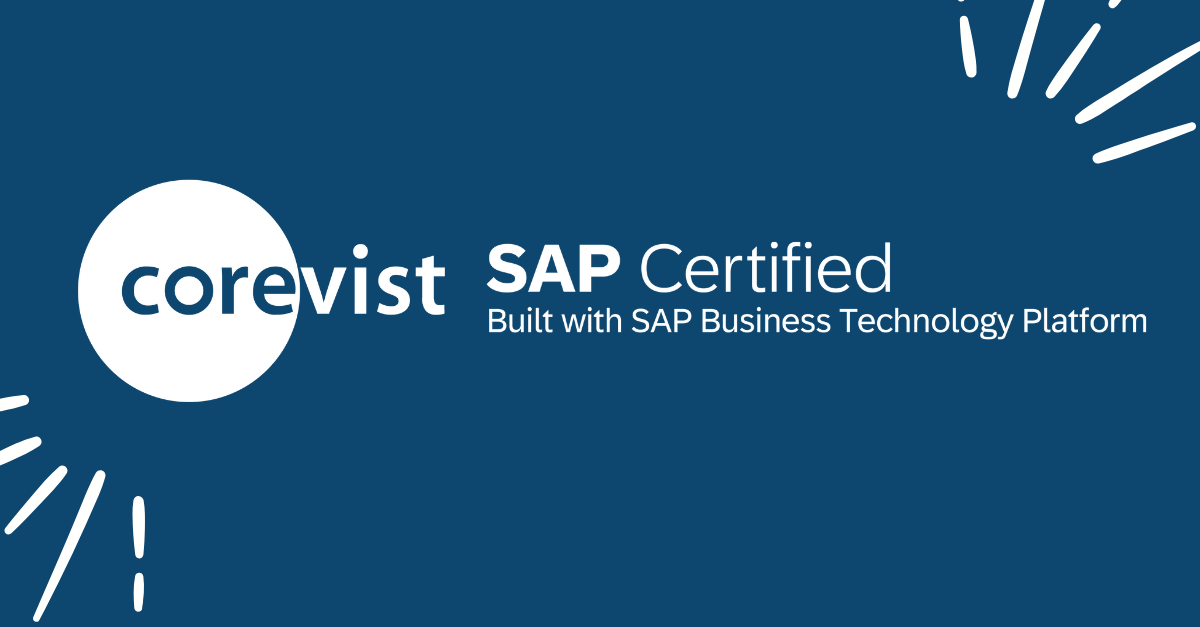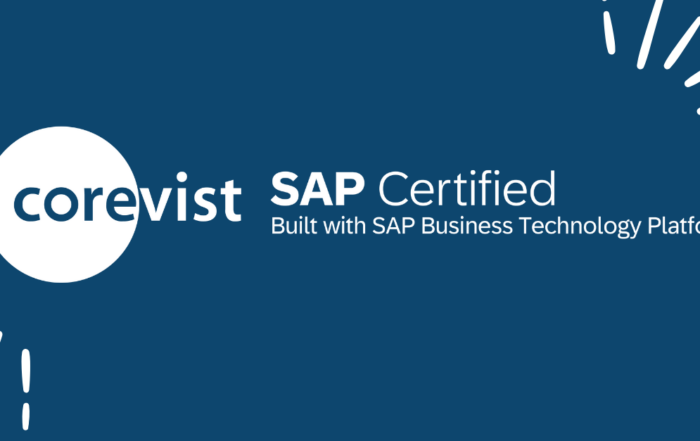Share
Author
George Anderson
Share
Manufacturers are rushing to transform their customer experience with B2B eCommerce. But for some organizations, online ordering and product content (especially images) create too much heavy lifting.
It may feel impossible to reach that state of digital maturity. For other organizations, B2C-style eCommerce may actually be wrong for your customers and your market.
Yet all these manufacturers have one thing in common. They need to become easier to do business with. Whether or not they launch catalogs and online ordering eventually, they need self-service portals for their dealers and distributors to track orders and invoices.
Conventional B2B eCommerce platforms don’t have good answers here. The B2B eCommerce market is fixated on creating B2C-style user experiences with memorable branding and robust product catalogs. That’s a tall mountain to climb for organizations that just need a self-service portal.
If that’s you, here are 3 questions to ask as you evaluate options.
1. Can we use a template to save time and money?
Most B2B eCommerce platforms will allow you to start with a theme or template. However, it’s worth noting that these themes are not actually “plug and play.” They will require some modification to work for your business.
In fact, a truly templatized solution is rare.
Corevist is the exception here. Because our platform is offered under a multi-tenant SaaS model, we actually don’t allow customization. The template is designed to work for manufacturers who need customer portals and/or B2B eCommerce—but don’t want to invest in a custom user experience.
FREE whitepaper
7 Best Practices For B2B Customer Portals
Start with a goal of reducing phone, fax, and email inquiries—and put the voice of the customer first. But don’t create more work for IT.
2. Can we get it without online ordering, just tracking capabilities?
While B2B buyers are getting more comfortable executing big transactions online, some manufacturers (and their customers) aren’t there yet.
That’s understandable. Buying a million-dollar industrial machine with a single click feels a little risky.
For other manufacturers, sales processes may be so complex that it’s hard to imagine them working properly in B2B eCommerce. (You’d be amazed at what Corevist supports, but we digress!)
Whatever the reason, full B2B eCommerce is too much heavy lifting for many organizations. Yet they need to become easier to do business with. They need to retire phone, fax, and email as methods for order placement and post-order care. If these companies could start with a self-service customer portal, they would.
Conventional B2B eCommerce platforms don’t have great answers here. They force manufacturers to buy the whole package, including product catalogs and online ordering, and they don’t actually support post-order care very well. (That requires comprehensive, real-time integration to SAP ERP.)
Corevist is the exception here. You can start with tracking capabilities for orders and invoices in 30 days, then grow to online ordering when you’re ready—or stick with tracking alone. It’s up to you.
3. Can we do online ordering without a catalog?
Believe it or not, some manufacturers need online ordering, but they don’t want a product catalog.
Maybe that catalog is on your roadmap, but it’s 3-5 years away. If you’re starting from square one, it’s a formidable project to gather descriptions, PDF manuals, spec sheets, and images for every single SKU that you sell.
Or maybe a product catalog would actually be the wrong move for you. Perhaps your dealers and distributors don’t want to wade through product content. Maybe they prefer to punch in SKUs or upload a CSV file from their procurement software and place online orders that way. If a product catalog will distract and irritate them, then it’s definitely the wrong move.
Whatever the situation, many manufacturers need a customer portal with online ordering—but they can’t imagine building out a product catalog.
For these manufacturers, conventional B2B eCommerce platforms don’t have great answers.
Corevist is the exception here. You can start with a customer portal for tracking orders and invoices, then add online ordering without a product catalog. You can add that catalog when you’re ready—or just stick with ordering by SKU and CSV upload.
The takeaway
No one should pressure manufacturers to buy bigger solutions than what they need. If you’re struggling to swallow the price tag (and responsibility) of a Big Bang project, consider your alternatives and fight for what you really need. Your customers and your internal stakeholders will thank you.
FREE whitepaper
7 Best Practices For B2B Customer Portals
Start with a goal of reducing phone, fax, and email inquiries—and put the voice of the customer first. But don’t create more work for IT.










